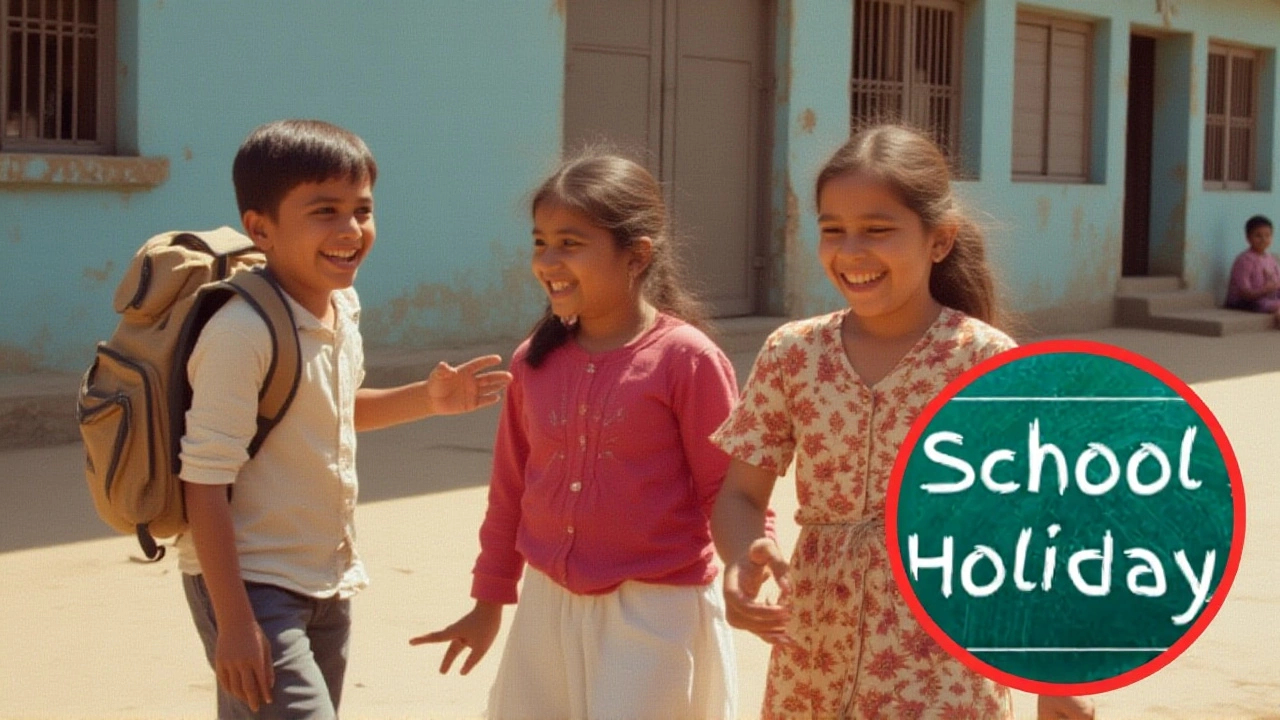School Education Department – Media Use, Copyright and Fair Use Explained
When dealing with the School Education Department, the government body that sets policies for schools, curricula and extracurricular activities across India, it’s essential to understand the legal side of showing movies or any media in classrooms. Also known as the Education Ministry, the department shapes how schools can use audiovisual content for learning while staying within the law.
One of the biggest hurdles schools face is Copyright Law, a set of rules that protect creators’ rights over their works. This law decides whether a school needs a special permission or can rely on exceptions like Fair Use, a legal doctrine that allows limited use of copyrighted material for teaching and research without a license. If you’re unsure, the department often directs schools to check with the Copyright Office or a legal advisor.
Another key piece is the Public Performance License, the permission required to show a copyrighted film to an audience beyond a single individual. Without this license, even a well‑intentioned school event could breach the law. The School Education Department usually recommends schools obtain such licenses from agencies like the Indian Performing Rights Society when the screening is for non‑educational purposes, such as fundraisers or cultural festivals.
Why Understanding Media Rights Matters
Imagine you’re planning a Dussehra celebration and want to project a popular movie. If you skip the legal steps, you risk fines and the event being shut down, which defeats the whole purpose. The department’s guidelines help schools balance creativity with compliance, ensuring that celebrations, assemblies, and even weather‑alert videos (like the recent heavy rain forecast for North India) can be shared legally and safely.
Legal compliance also protects teachers. For instance, an instructor who shows a cricket match clip to illustrate teamwork without checking the copyright status could unintentionally violate the law. The department’s training modules often include short videos on how to verify whether a clip falls under fair use or requires a license, making the process smoother for educators.
Beyond movies, the department’s policies extend to music, podcasts, and even sports highlights. When a school wants to stream a live T20 cricket series—say the Bangladesh vs Netherlands match—there are separate broadcast rights to consider. The department advises consulting the broadcaster’s licensing terms before embedding any live feed in a school portal.
One practical tip schools love is to use content that’s already in the public domain. Classic Bollywood songs from the 1950s or archival footage of historic festivals often have no copyright restrictions. The department’s resource center maintains a list of such assets, saving teachers hours of searching and reducing the risk of infringement.
When it comes to classroom use, the fair use doctrine is a real lifesaver. It typically covers short excerpts—maybe a 3‑minute clip from a film that illustrates a point about narrative structure. The department’s handbook says: keep the excerpt brief, use it for instructional purposes, and always give proper attribution. Following these steps usually satisfies the legal test.
For larger events, like a school-wide film festival, the department suggests obtaining a blanket public performance license. This one‑time purchase covers all screenings for the year, simplifying paperwork. Many distributors offer educational pricing, and the department can negotiate bulk rates for public schools.
Technology also plays a role. With streaming platforms booming, the department now includes guidelines on using services like Netflix or Amazon Prime for education. Some platforms have separate educational licences that allow schools to screen entire movies without extra fees, provided the content aligns with the curriculum.
Finally, the department emphasizes documentation. Every time a school secures a license or relies on fair use, they should record the decision, the source of the material, and the purpose. This audit trail protects the school if a copyright claim ever arises.
Below you’ll find a curated set of articles that dive deeper into these topics—from legal nuances of film screenings in schools to real‑world examples of weather alerts affecting school schedules. Each piece offers actionable insights that can help educators, administrators, and policy‑makers navigate the complex world of media rights with confidence.
Chhattisgarh's School Education Department unveils the 2025‑26 holiday calendar, detailing 64 days off—including a six‑day Diwali break—affecting over 5 million students across the state.
Oct, 9 2025
